According to the National Children's Hospital, in the past month, doctors at the Ophthalmology Department (National Children's Hospital) have received nearly 50 cases of pink eye brought in by their families. Of these, about 10 - 20% of children have serious complications such as: There is a pseudomembrane that needs to be removed, there is a corneal abrasion (corneal scratch), there is a risk of infection and ulceration, and long-term vision loss.
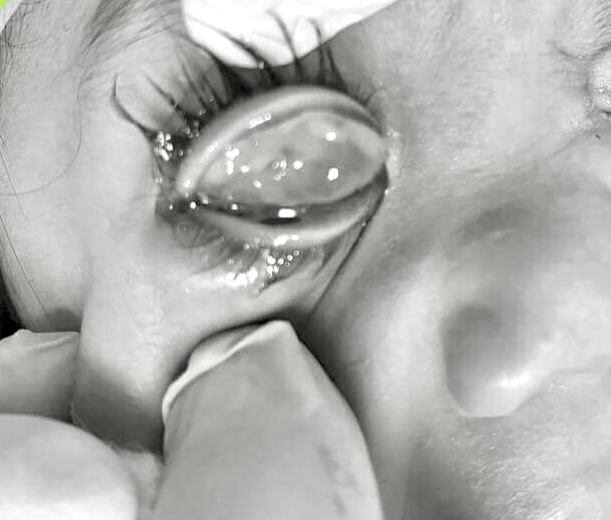
Image of pseudomembrane in children's eyes with acute conjunctivitis
Acute conjunctivitis is an inflammation of the transparent white part of the eye (conjunctiva and eyelids), often occurring in spring and summer, and is easily spread into an epidemic.
The disease usually starts 3-7 days after exposure to the source of the disease. Symptoms include: conjunctival congestion (red eyes), watery eyes, and a lot of eye discharge (can be white, sticky discharge if the disease is caused by a virus or green, yellow discharge if it is caused by a bacterial infection). In young children, it may be accompanied by symptoms of rhinitis, pharyngitis, respiratory tract infection, fever, etc.
In particular, in children, the disease can cause pseudomembranes (a thin, white membrane covering the conjunctiva that causes bleeding, slows the healing process, or can damage the cornea) and keratitis.
In a few cases, secondary infection can cause complications such as corneal ulcers, affecting the child's long-term vision.
Conjunctivitis is usually caused by viruses, of which up to 80% are adenoviruses.
In addition, it can be caused by other factors such as herpes virus, chickenpox, poxvirus... Children get the disease through direct contact with secretions from the eyes, nose, mouth (direct contact with sick people, rubbing hands on eyes, sharing personal items with sick people...).
Disease prevention recommendations
To prevent the spread, ophthalmologists at the National Children's Hospital advise that families should limit and avoid letting children rub their eyes, nose, and mouth; wash hands regularly with soap and hand sanitizer for children.
If your eyes are watery or have a lot of eye discharge, use tissue or cotton swabs (disposable) to clean them, then throw them in a covered trash can to avoid creating a source of infection for your family and those around you. Disinfect your hands after cleaning your eyes.
Use separate personal items such as: food, drinks, wash basins, towels, blankets, and pillows.
Wear a mask when coughing or sneezing and avoid crowded places. Older children should not wear contact lenses if they have conjunctivitis.
In particular, when children have symptoms such as red eyes, watery eyes, and a lot of discharge, they need to go to eye examination facilities for timely treatment and handling of complications.
Families who need to examine and intervene in eye diseases in children can contact hotline 02462738512 - 0817126456 of the Ophthalmology Department (Central Eye Hospital) for advice.
Source link



![[Photo] General Secretary To Lam meets and expresses gratitude to Vietnam's Belarusian friends](https://vphoto.vietnam.vn/thumb/1200x675/vietnam/resource/IMAGE/2025/5/11/c515ee2054c54a87aa8a7cb520f2fa6e)
![[Photo] General Secretary To Lam arrives in Minsk, begins state visit to Belarus](https://vphoto.vietnam.vn/thumb/1200x675/vietnam/resource/IMAGE/2025/5/11/76602f587468437f8b5b7104495f444d)
![[Photo] General Secretary To Lam concludes visit to Russia, departs for Belarus](https://vphoto.vietnam.vn/thumb/1200x675/vietnam/resource/IMAGE/2025/5/11/0acf1081a95e4b1d9886c67fdafd95ed)


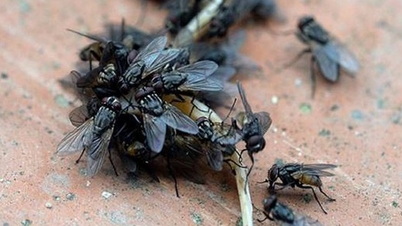
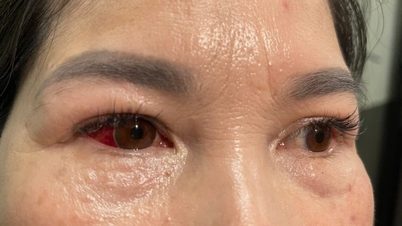

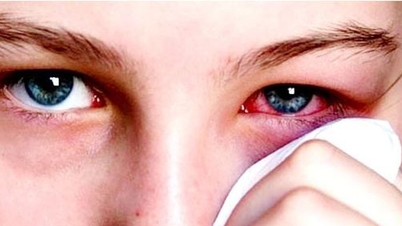




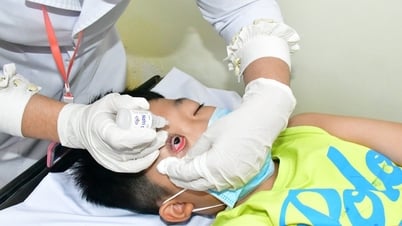





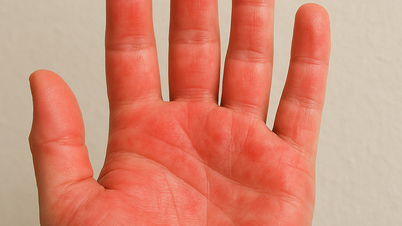





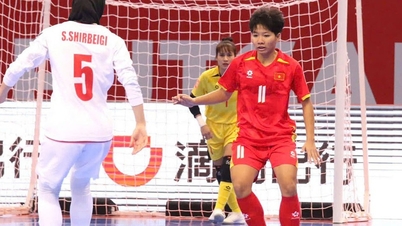





![[Photo] National Assembly Chairman Tran Thanh Man attends the Party Congress of the Committee for Culture and Social Affairs](https://vphoto.vietnam.vn/thumb/1200x675/vietnam/resource/IMAGE/2025/5/11/f5ed02beb9404bca998a08b34ef255a6)






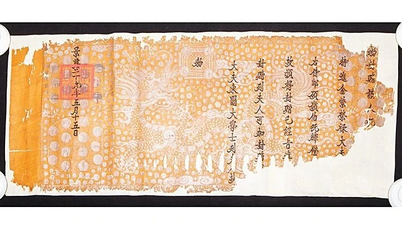










































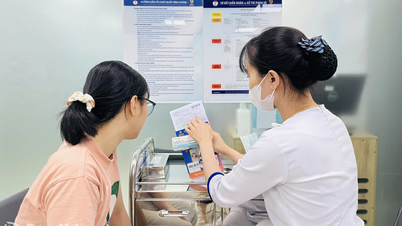













Comment (0)